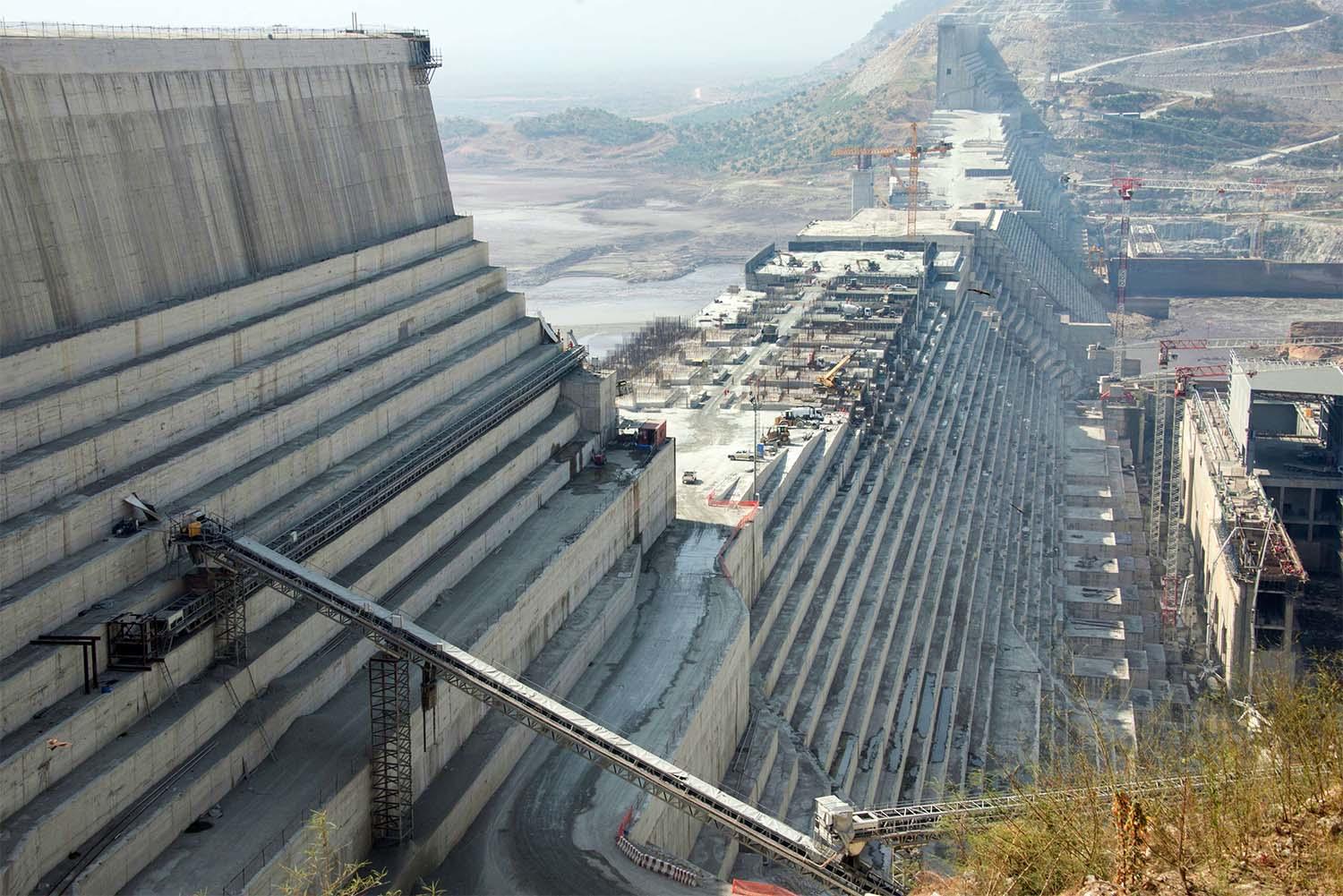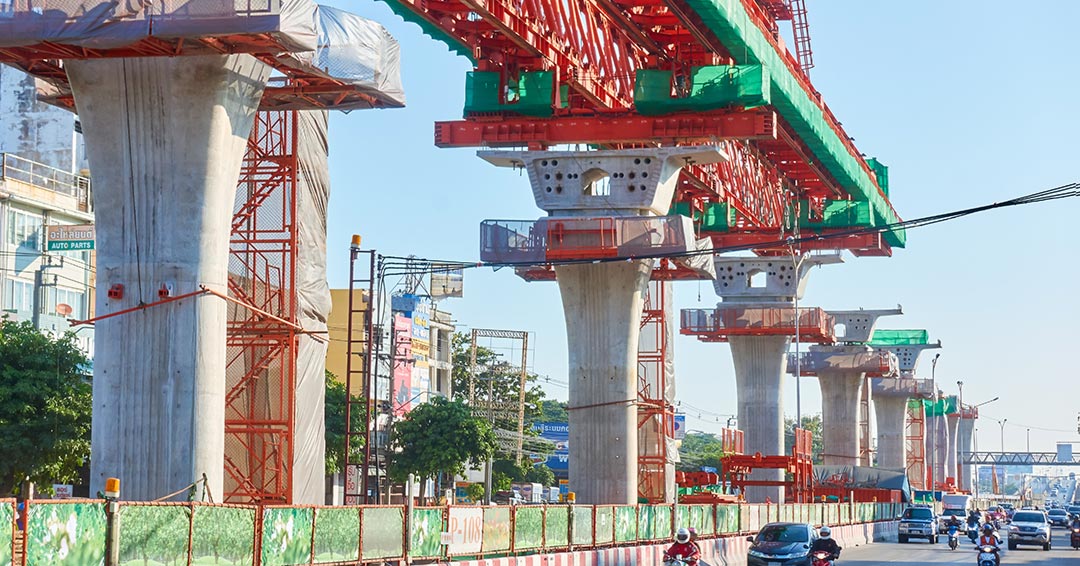Continuous growth and development of US economy is based on the development of the transport network, therefore, effective financing infrastructure projects in USA plays a key role in modern business. An increase in the quality and density of roads increases the productivity of all sectors of the economy that use it. Today, opportunities for financing the construction and modernization of road networks are rapidly expanding and improving.
Long-term bank loans and support from international financial institutions, bond issues, government subsidies and public-private partnerships are helping to develop infrastructure, accelerating the recovery of the global economy from the protracted crisis.
Viola Funding Limited, offers Financing for infrastructure projects in USA, including the construction of roads and transport infrastructure.
Potential sources of financing for infrastructure projects in US
Unlike the developed countries of Europe or North America, most of the developing countries of the world still do not pay enough attention to infrastructures.
Meanwhile, experts focus on the numerous advantages of combining traditional and alternative sources of financing, such as long-term loans from commercial banks and international financial institutions, government subsidies, bond issues, and so on. Infrastructure projects in the USA benefit significantly from the implementation of project finance models through public-private partnerships (PPPs), as demonstrated in capital-intensive projects in Europe.
When looking for the source of funding, it is important for companies and government agencies to take into account the following properties of this source that affect the investment decision:
•Terms of obtaining funding in the required amount. •The impact of a specific source on the timing of the project and its individual stages. •Possibility of changing the terms of financing at a later stage.
•Using the experience of a financial partner to improve the efficiency of project.
The construction of roads and bridges and other infrastructure projects in USA usually requires significant capital investments in a short time frame of about 1-2 years. Some infrastructure projects make it possible to recoup costs over several years in the form of road user charges, which requires adapting the loan payment schedule and bond repayment terms accordingly. Other projects are initially unprofitable for private capital, but their construction contributes to the development of the regions and the preservation of the environment.
Sources of such financing for can be bond issues, loans, government subsidies, international financial assistance, and so on.
If you are looking for a long-term loan for the construction and modernization of infrastructure in USA and the rest of the world, contact the Viola Funding Limited.

Financing infrastructure projects in USA
Long-term loans from commercial banks for financing infrastructure projects
The issuance of large loans by commercial banks is possible only after a expert assessment of the project, which is considered useful and even necessary for the initiators. This allows stakeholders to look at the project from a new point, assessing the risks and measures to minimize them.
It is a common source of medium to long term financing for public sector companies involved in the construction and maintenance of infrastructure. For this reason, most potential borrowers are well aware of the bank lending procedure and its benefits.
Stages of obtaining a bank loan for an infrastructure project:
1. Submission of project documentation to the bank. 2. Project evaluation and negotiation. 3. Making a decision on the allocation of funding. 4. Implementation of the project.
Negotiations on a loan can last from 1-2 months to six months.
A long-term investment loan for the construction and modernization of road infrastructure in the US is provided only in cases where the planned cash flows make it possible to service the debt efficiently enough.
Banks are willing to finance toll roads, bridges, tunnels or other infrastructure facilities that imply a regular source of income. In some cases, the role of commercial banks in the implementation of infrastructure projects is limited to short-term bridging financing. Bridge loans allow project participants to cover current debts while waiting to receive the necessary funds from the main sources.
For infrastructure projects in USA requiring significant capital expenditures, a syndicated loan may be required. To finance large infrastructure facilities, commercial banks often create consortia, the number of members of which can number several dozen financial institutions. Syndicated loans allow banks to raise significant amounts and overcome the restrictions associated with the concentration limit.
Loans from international financial institutions
Debt financing from international financial institutions is often cheaper than borrowed funds from commercial financial institutions. These institutions have extensive experience in road infrastructure financing, allowing them to create flexible financial instruments that are well suited to specific types of infrastructure projects.
Stages of financing infrastructure projects in USA through international loans:
1. Presentation of the project to the international financial institution.
2. Detailed analysis of the project and inspection visits of the bank representatives.
3. Assessment of the feasibility of the investment project.
4. Making a decision on the allocation of financial resources.
5. Signing a loan agreement.
6. Implementation of the infrastructure project.
7. Control and monitoring.
8. Payment of debt.
Not every company can get such financing.
For example, the World Bank and its structures will require the provision of government guarantees for the loan. In addition, international financial institutions usually set restrictions on their participation in a particular project.
The European Investment Bank will finance no more than 50% of the project cost, but some institutions may limit their participation to even smaller shares.
It is also important to take into account the specific conditions for the provision of financing, which in many cases differ. Organizations targeting the development of key projects in developing countries strive to rationally allocate financial resources. For this reason, the World Bank, for example, does not provide loans for projects that could be financed commercially.
Financing road construction through bond issues
Funding conditions, including discount and interest on bonds issued, are determined primarily by market conditions. When it comes to attractive investment projects, the issuer has more freedom in determining the terms of financing. However, the terms of redemption of bonds cannot be changed after the placement of securities, unlike the terms of a bank loan.
In addition, financing against the future cash flows of the project does not burden the assets of the project initiators.
Stages of financing infrastructure projects by issuing bonds:
•Preparation for the issue of bonds. •Publication of the issue prospectus. •Active promotion of the issue. •Issue and placement of securities. •Implementation of the project. •Redemption of bonds.
Financing infrastructure projects from local budgets
The amount of funding and the possibility of its provision directly depends on the budget of a particular region. Obviously, local governments tend to favor more flexible and affordable projects.
Most governments today seek to shift financial responsibility for infrastructure to private capital, thereby reducing budget deficits and saving money for more important projects.
Additional problems associated with the financing of infrastructure projects by state bodies arise due to the numerous contradictions in cooperation between various parts of the administration.
The risks associated with the lack of coordination of regional authorities are especially high in developing countries.
Public private partnership (PPP)
According to the OECD, in the period from 1985 to 2005, up to 400 large projects with a total value of $ 175 billion were implemented in the world. After the 2008 crisis, we again saw a gradual recovery in this area, interrupted recently by the coronavirus crisis. Global trends today consist in the shift of financing for infrastructure projects in USA and towards other developing countries.
Stages of organizing a public-private partnership:
1. Development of project requirements.
2. Search for private partners for the construction and operation of the facility.
3. Conducting commercial negotiations with interested parties.
4. Conclusion of a public-private partnership agreement.
5. Construction of an infrastructure facility.
6. Operation of the facility and receipt of payment.
7. Completion of the PPP project.
Financing terms for PPP projects can vary widely, but European practice most often indicates an average term of 30 to 40 years with a clear upward trend as the capital intensity of projects increases. The disadvantage of this mechanism is the lengthy and complex preparation of projects, which is directly related to the sluggishness of the state machine. Large PPP projects can be organized for 1-2 years or even more.
If you are looking for a reliable private partner who has been investing in road infrastructure for many years, contact our specialists. With us you will find advanced solutions to the most ambitious technical and financial challenges.
Website:https://viola-funding.com/
